In this activity, students get to design their own salmon board game!
This make and take reinforces the structure and function of the spawner salmon’s hooked mouth and provides students with an opportunity to be creative and design their own stream or river environment.
Salmon in the spawner life stage differ from the adult stage in a number of important ways. Spawner salmon typically have brighter colouring, to better find and attract mates. Their head shapes, and in particular their mouths, are also different; spawners have more of a ‘hooked’ or curved shape to their mouths. This aids them in grabbing on to rocks and other objects as they make the arduous journey upstream against the current.
As the salmon travel upstream, they will face many challenges or hazards and experience some beneficial effects. The following are some common hazards and benefits.
Hazards:
- Predators (bears, eagles, fishermen)
- Environment (log jam, whirlpool, diverted stream, landslide from clear-cut hillside, pollution: soap, detergent, waste oil, gasoline, household cleaners, mining tailings, plastic bags)
Benefits:
- Human built salmon ladder (area with slower current)
- Beaver dam (beneficial to juvenile salmon development as the pool provides some protection from predators)
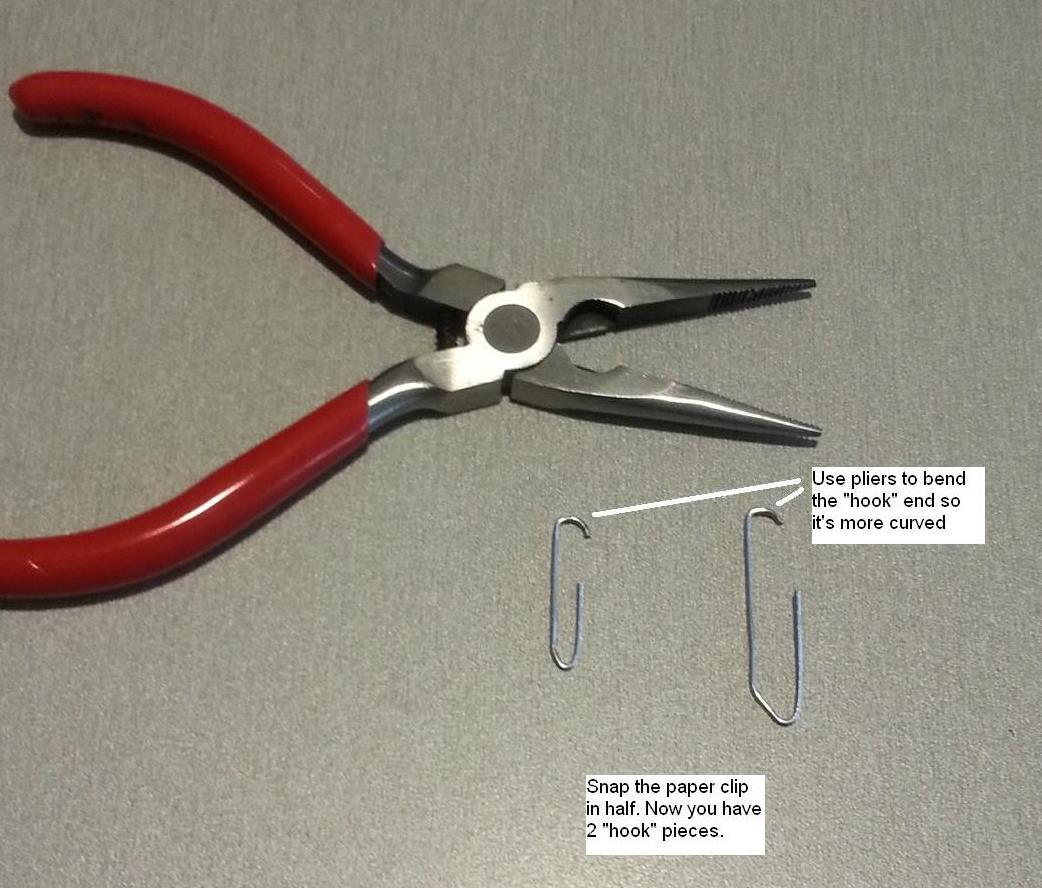
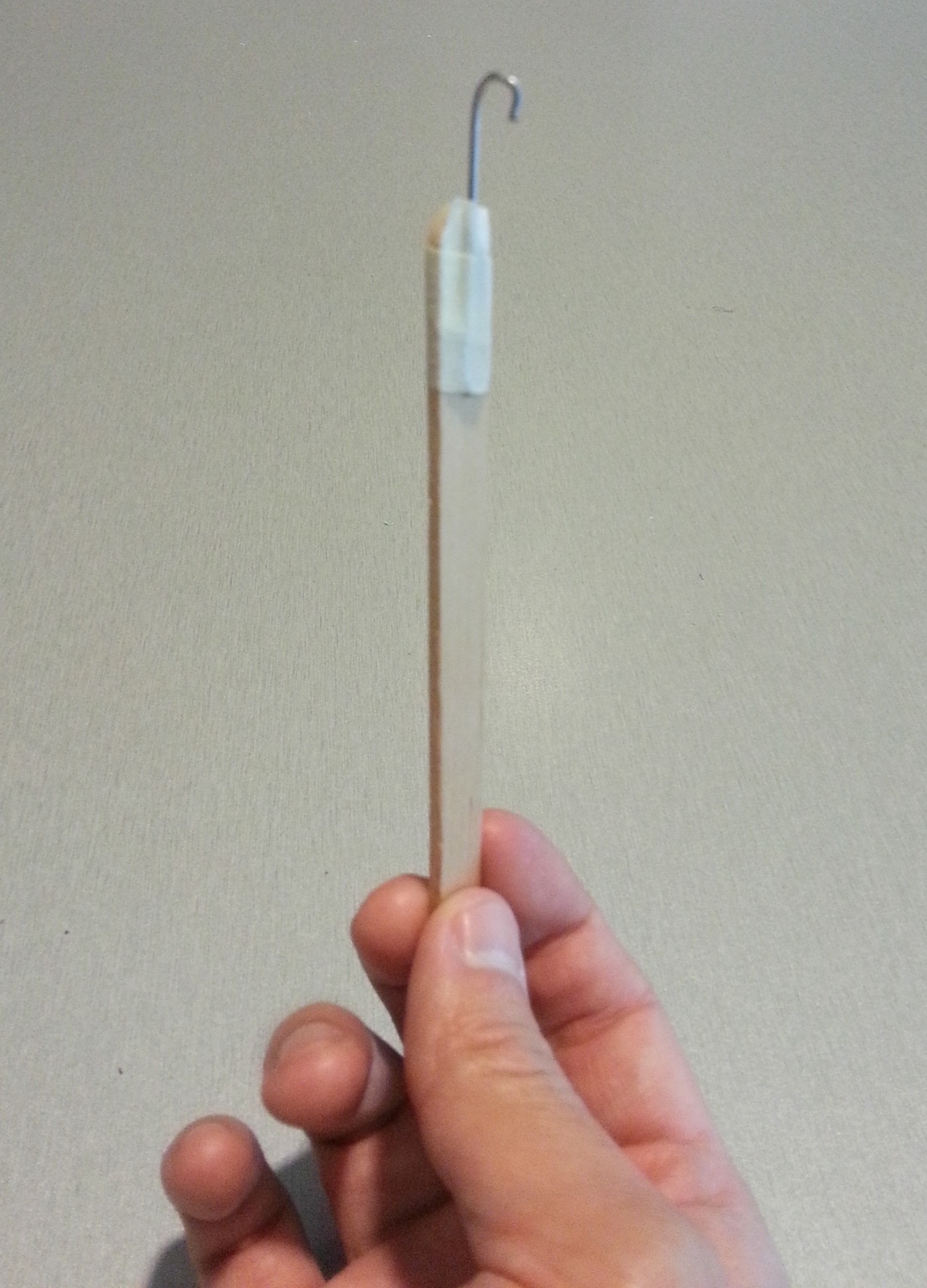
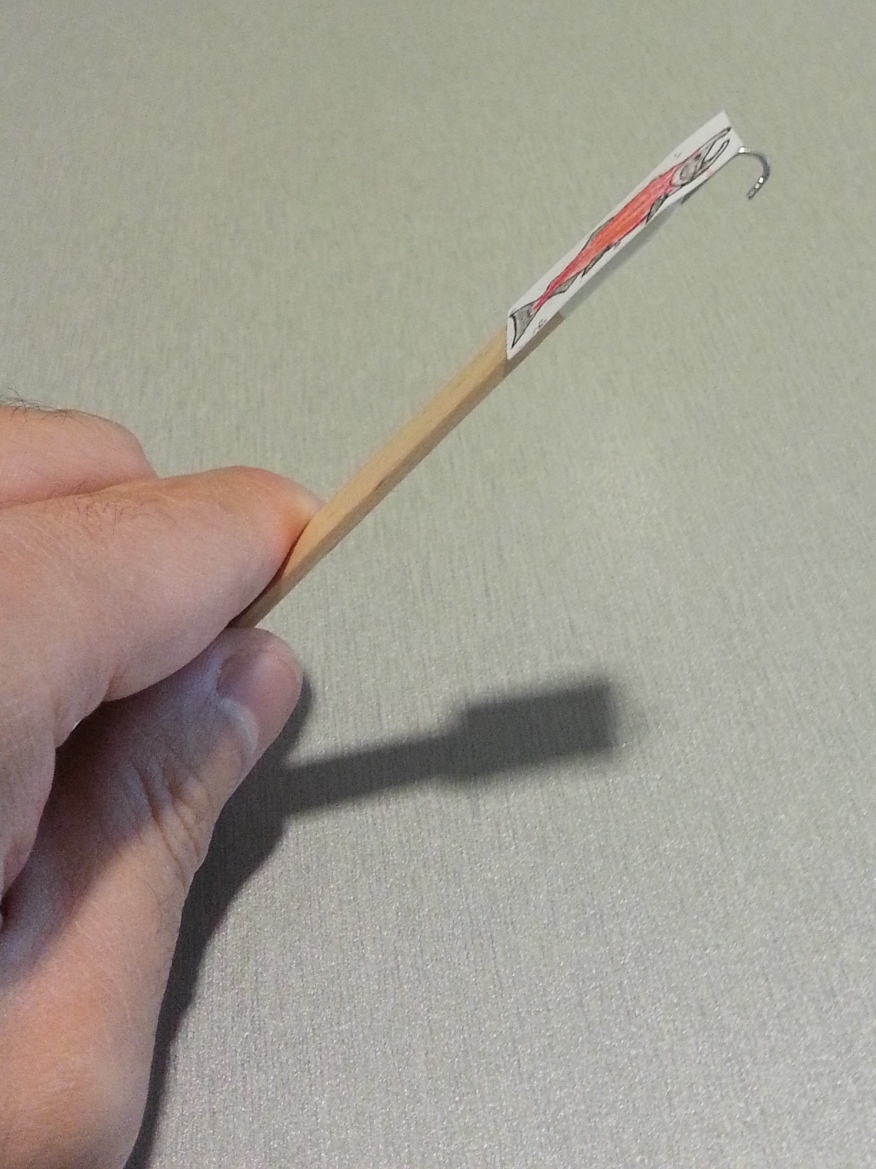
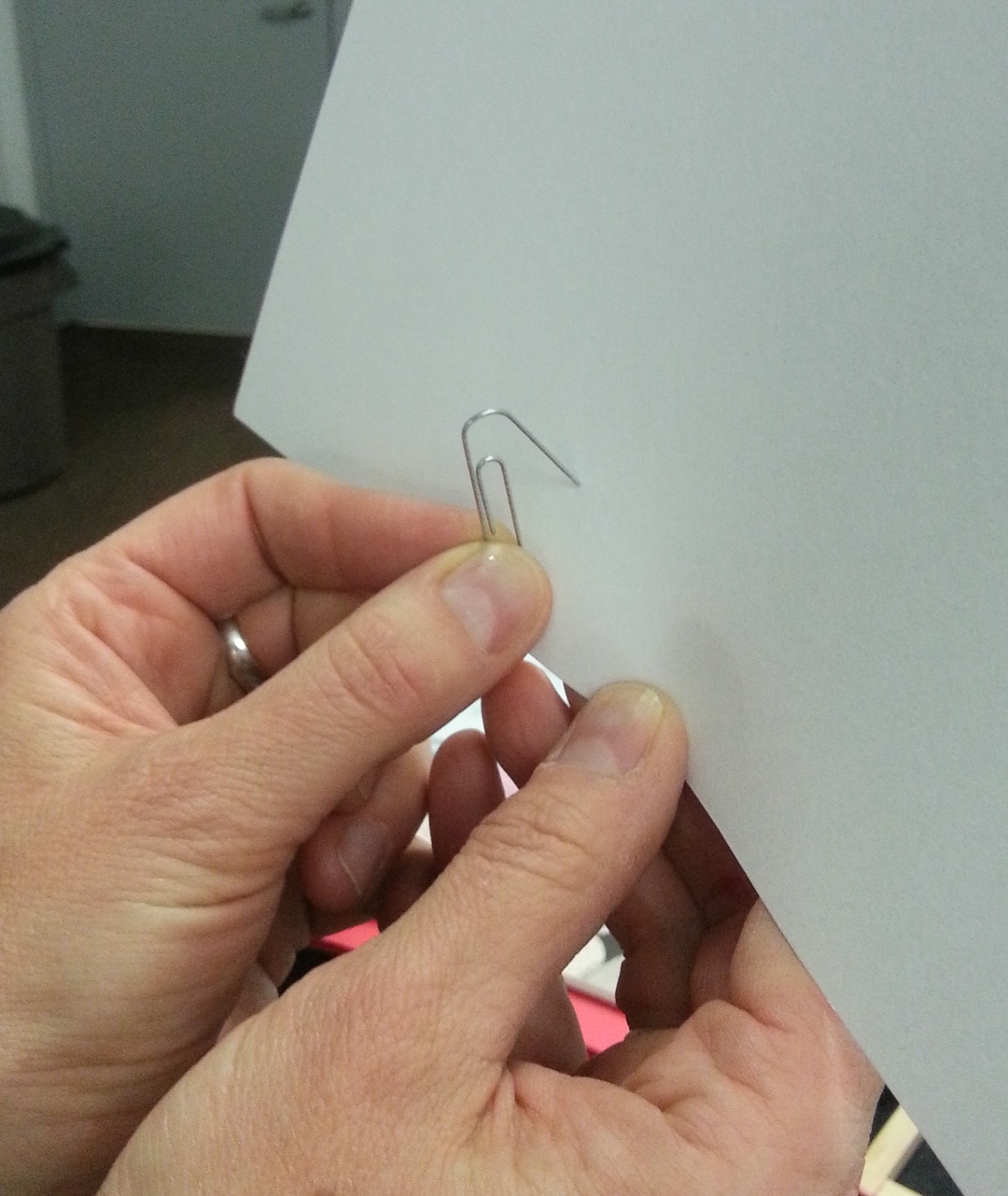
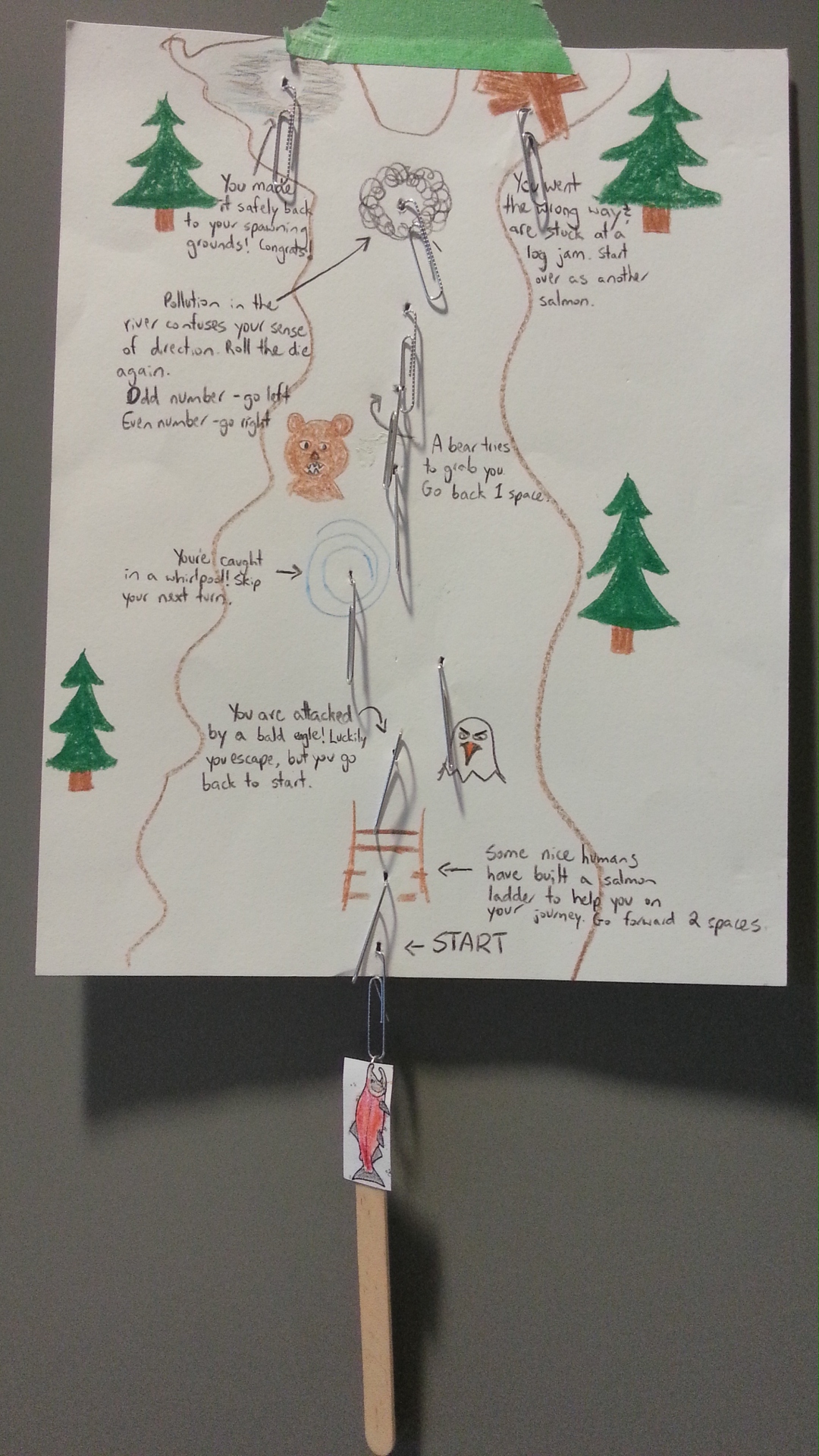

 copy.jpg)